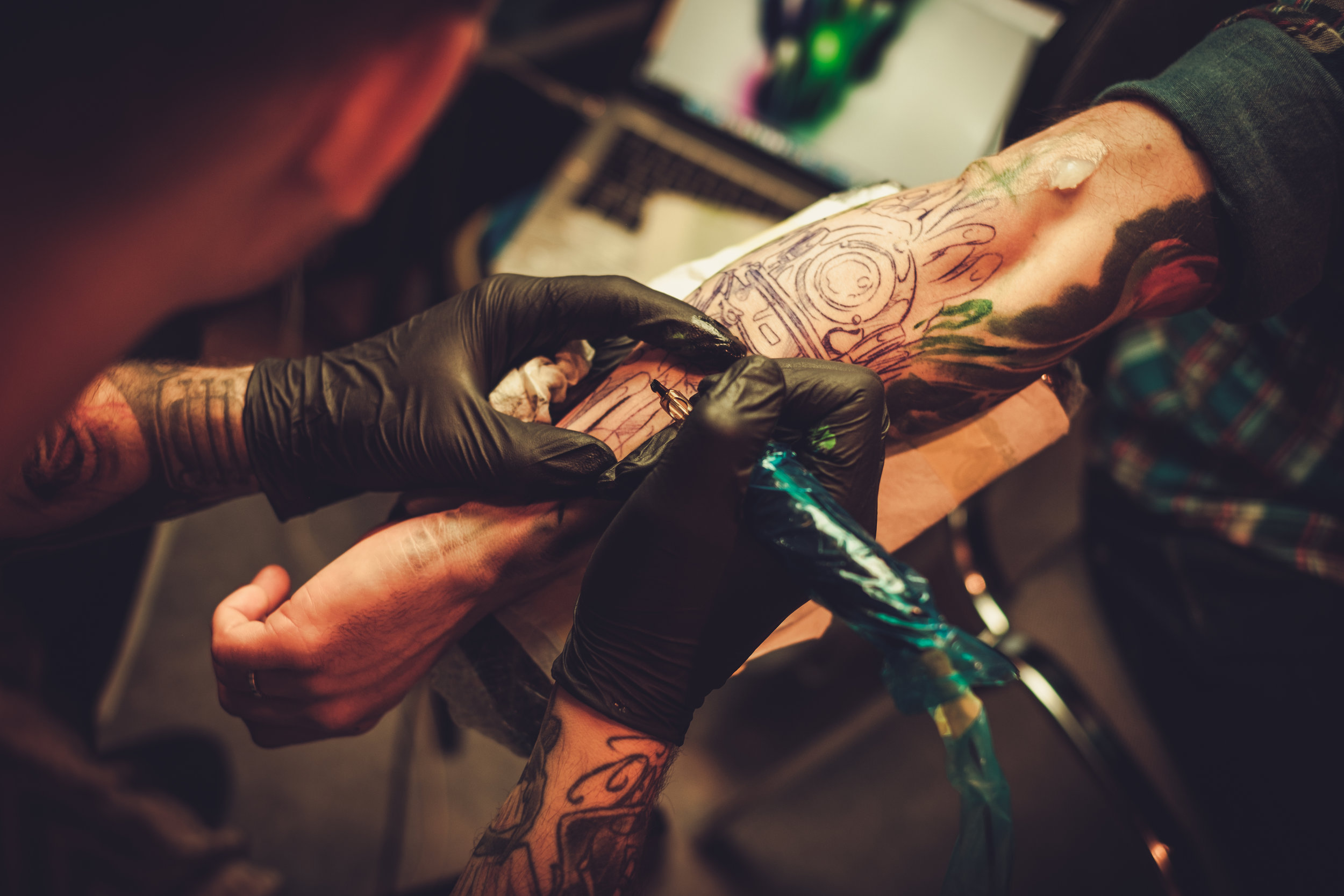New Study Reveals Audiences Wanna ‘Have Fun’
A new study labeled “Culture Track ’17” affirms America is still interested in cultural activities, but there are some caveats: It has to be fun, relieve stress, be interactive and social.
According to the study, which measures the changing behaviors of cultural audiences nationwide, audiences from 18 and up attending an event see “having fun” as their first priority (81%), followed by “interest in the content” (78%), and “experiencing new things,” which tied with “feeling less stress” (both 76%).
data-animation-override>
“The definition of culture has democratized, possibly to the point of extinction”
The study also finds there is a “loyalty revolution” in play. Less than a quarter of cultural audiences hold either a membership or subscription to a visual or performing arts organization. While they regard themselves as loyal to these organizations, the highest percentages are more loyal to restaurants or bars (58%) and retail stores (48%), than to cultural organizations (27%), with 61% viewing their loyalty to an organization as a “personal relationship.” And for the first time since Culture Track began measuring behavior, audiences say social media advertising is more influential than print advertising when they choose to participate in cultural activities.
According to Maggie Hartnick, Managing Director of LaPlaca Cohen, the strategy, design, and marketing firm for the cultural world that commissioned the study, there’s been a paradigm shift in how the public views culture and the arts. “Audiences nationwide are breaking down cultural norms and redefining them. Now culture can mean Caravaggio, Coachella, Tannhäuser, or taco trucks.”
The study showed:
- More than a third of art museumgoers did not think art museums were a cultural experience; over half of theatergoers felt the same;
- Audiences were more likely to consider a street fair or food and drink experience culture than an opera or ballet;
- The most prevalent reasons why people donate to cultural organizations are because they “believe in the mission” (63%) and “want to support the community” (54%);
The lesson, Hartnick says, is that the definition of culture has democratized, possibly to the point of extinction. Activities that have traditionally been considered “culture” and those that haven’t are now on a level playing field. “Therefore, museums and performing arts organizations need to change their ways of thinking. They must provide transformational experiences, build community, educate, and foster empathy. They also need to take a close look at how to best build loyalty. The subscription and membership models of the 1970s no longer resonate.”
The full Culture Track ‘17 study will be released publicly in the Los Angeles market on Monday, December 11, 3-5 pm at a special event at the Natural History Museum of Los Angeles County
The study release will feature a panel discussion moderated by Laurie Ochoa, Arts and Entertainment Editor at the Los Angeles Times, with panelists Juan Devis, Chief Creative Office, KCET; Anne Ellegood, Senior Curator and Co-Curator of Made in L.A., Hammer Museum; Charles Gaines, visual artist; Benjamin Millepied, Artistic Director, L.A. Dance Project; and Lucy Redoglia, digital marketing consultant and PST LA/LA Community Manager. Arthur Cohen, CEO LaPlaca Cohen, and Maggie Hartnick, Managing Director, LaPlaca Cohen will give the introductory remarks following a welcome by Dr. Lori Bettison-Varga, President and Director of NHMLA. To register, click here.
How LA Cultural Organizations Are Changing Their Models
Arthur Cohen, LaPlaca Cohen’s CEO, notes that several organizations are creating new models of engagement based on consumers’ redefinition of culture. “Culture Track ’17 shows that consumers continue to crave culture, but they want to consume it the way they consume other brands and experiences. They want culture to be more social and interactive, more relevant to them and their interests, and something new that broadens their perspectives,” Cohen says. Organizations are creating new models of engagement. For example:
-
The Natural History Museum of Los Angeles County (NHMLA) brings the traveling exhibition Tattoo to Southern California this month. A working tattoo parlor within the exhibition features live demonstrations and special times for tattoo appointments in which visitors can get permanently inked by L.A.-based artists.
-
In December, the Music Center in Los Angeles will present Sleepless: The Music Center After Hours, which offers a 21st-century re-imagining and re-interpretation of what it means to be a contemporary Cuban artist working in a globally-influenced world using music, sound and light installations, short film screenings, artwork and more in a late night experiential environment;
-
The Los Angeles Philharmonic, one of the top 10 orchestras in the world, goes on tour for two weeks, and invites the board and major patrons to go with it; their musicians meet concert-goers in the lobby after performances to chat;
For Culture Track ’17, LaPlaca Cohen worked in partnership with the research firm Kelton Global. The study was fielded nationwide with more than 4,000 respondents, all of whom had participated in at least one cultural activity in the past year. Respondents were 18 years or older, U.S. citizens, and representative of U.S. population demographics.
Culture Track ’17 can be explored at 2017study.culturetrack.com


